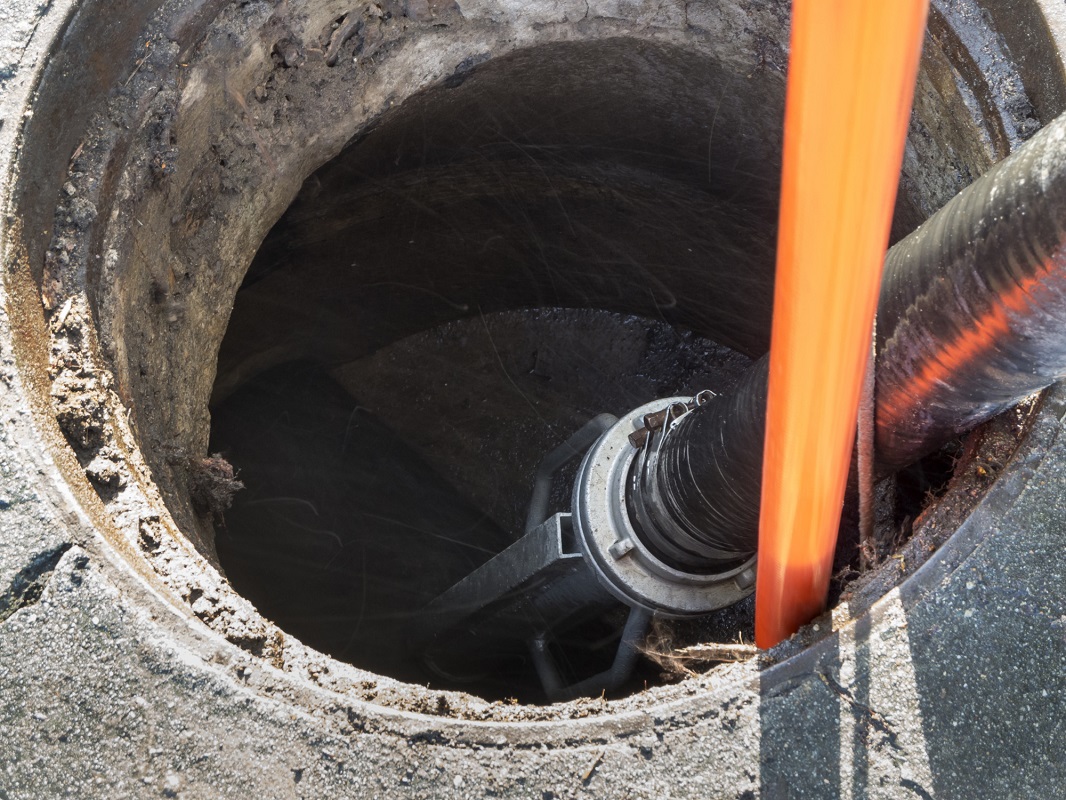
Vital Sewer Cleaning Equipment: 5 Key Tools of the Trade
Planning to get into the sewer and drain cleaning business?
This is a lucrative trade due to the demand of maintaining buildings’ drain systems. Get acquainted with the tools of the trade first! Proper drain and sewer cleaning need more than a magical bottle of drain cleaner.
Professionals may tell you that liquid drain cleaners are quick fixes. However, these end up damaging your pipes. Professional drain and sewer cleaning is an exact craft and needs precise instruments.
Through the use of these professional sewer cleaning equipment, customers get long-lasting results. These include improved and safer draining systems and a decrease in odor. On the professionals’ end, proper tools help make their services more effective.
Read on because here are the 5 professional tools in drain and sewer cleaning services.
1. Video Equipment for Pipe Inspection
Routine cleaning and proper protocol can limit the waste that enters the drain. However, recurring clogs can occur. In these cases, sewer cleaning professionals will find a camera handy.
With a good camera, they’ll be able to see the problem and pinpoint where any blockage is taking place. Once they know where the exact problem is, they can take measures to fix it once and for all.
Video inspection equipment consists of small, high-res cameras mounted on a flexible rod. Technicians can insert this into the drain, and it records clear images of what’s inside.
This allows them to know the location and identify the makeup of an issue. It also allows them to reach inaccessible areas without digging up and open pipes. Since technicians get a good view of the pipes’ insides, they’ll be able to tell if they need replacing.
Inspection cameras are effective diagnostic tools for sewer cleaning. It enables technicians to identify the cause of recurring blockages. By seeing the insides of drainage systems, technicians and occupants can avoid clogs.
2. Hydro-Jetting Equipment
Hydro-jetting cleaners are the most popular among sewer cleaning equipment. They’re also friendly to the environment.
This tool uses high-pressure jets of water to break up and unblock clogs. Technicians feed a flexible hose fitted with a nozzle into the drain. This emits high-pressure water that disintegrates sludge, calcified deposits, or ordinary household objects.
The water stream is even strong enough to flush away tree roots that have grown through the pipes’ joints. The water’s pressure can reach as high as 35,000 PSI, powerful enough to clear almost any blockage.
Unlike most other drain cleaners, technicians can use hydro-jetting on long drain pipes. The only limit to this is the hosepipe’s length.
Besides being able to remove clogs, this tool can help remove most contaminants. They’re effective against contaminants like grease and oils. This makes it a great preventive maintenance tool.
Hydro-jetting doesn’t come with potential harms like environmental hazards. You don’t have to worry about contamination or corrosion, unlike commercial drain cleaners. This is because it relies only on the water to do its job.
It also doesn’t need extensive landscape digging. Besides high-pressure, hydro-jetting can also use high-temperature streams. This means handling hydro-jet cleaners requires protective gear and special training.
3. Augers or Drain Snakes
Drain augers, also known as drain snakes, are a standard tool that technicians use to break up clogs. There are 2 different types—hand-powered and motor-driven.
Both of these use a long and flexible cable that technicians can insert into a drain towards a clog. At the end of this cable is a corkscrew that can cut into the clog and break it up or swallow it for extraction.
A great advantage of this sewer cleaning equipment is its ability to remove solid clogs. There are some stubborn clogs that hydro-jetting or chemical cleaners can’t break-up.
On hand-driven augers is a canister that you can turn to drive the corkscrew into the blockage. Most hand-driven augers have a range of 25 feet.
As for motor-driven augers, they can come in various sizes. This can range from handheld units to units mounted on trucks. They work like handheld augers with a range of up to hundreds of feet.
The smaller units are best for applications on small-diameter piping. Technicians use the larger units on piping sizes that can range up to the ones found in main sewers. For these units, check out touch-controlled smart interfaces like the IntuiTouch Control System.
4. Air-Burst Drain Cleaners
Like hydro-jetting cleaners, air-burst drain cleaners use pressure to dislodge clogs. However, instead of water pressure, they use air, carbon dioxide, or other gas.
Air-burst cleaners direct pressurized gas down a pipe. It then forces any standing water at the blockage. They use small, built-in compressors or cartridges of carbon dioxide. This produces the initial burst of pressurized gas.
This tool is great for doing quick work with blockages and slow-running drains. When using chemical cleaners, it can take several hours for the blockage to dissolve. The main advantage of an air-burst drain cleaner is its ability to break down clogs fast.
Air-burst drain cleaners work well against clogs that are further away from openings. You don’t risk scratching sinks, bathtubs, or toilets’ ceramic surfaces, unlike drain augers.
The main disadvantage is they’re not as effective in applications with dry piping. They’re also ineffective in piping with large diameters like those in sewer lines.
5. Grappler Hook
A grappler hook can come in handy when you’re dealing with solid debris in the sewer or drain. It helps technicians retrieve objects like bottles, cans, or even rocks. A grappler hook can help you finish the job where hydro-jetting or even augers fail.
Look for the Best Sewer Cleaning Equipment!
Professional drain and sewer cleaning is an exact craft indeed. To achieve the best results, technicians use several types of sewer cleaning equipment. Each has a special function or different approach to dealing with drain maintenance.
Thanks for reading our article! Want to know more about drain cleaning tools and sewer cleaning? Read our other guides here!
